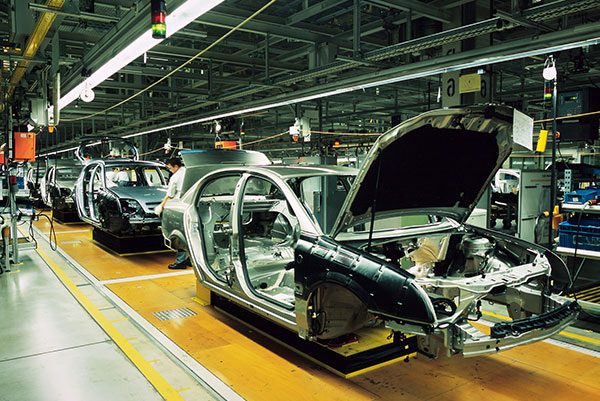MAGNETIC PARTICLE INSPECTION
Magnetic Particle Inspection (MPI)
Basic Principles:
Magnetic particle Inspection (MPI) is a non-destructive testing (NDT) process for detecting surface and slightly subsurface discontinuities in ferromagnetic materials. A magnetic field is set up in the part being tested by either passing electric current directly through it (direct magnetization), inducing a magnetic field in it (indirect magnetization), or a combination of both methods.
If there is a surface or subsurface flaw in the material, the magnetic lines of force will be deviated to the surface outside the part. By applying ultra-fine magnetic particles on the surface, they will be attracted to this leakage field and form a visible indication. The particles can either be fluorescent or non-fluorescent, depending on the sensitivity of the inspection.
Advantages:
- Large surface areas of complex parts can be inspected rapidly.
- Surface and subsurface flaws can be detected.
- Surface preparation is less critical than it is in penetrant inspection.
- Magnetic particle indications are produced directly on the surface of the part where the flaw is located.
Disadvantages:
- Only ferromagnetic materials can be inspected with this method.
- Alignment of the magnetic field and defect is critical.
- Large currents may be needed for very large parts.
- Surfaces should be relatively smooth.
- Parts must be demagnetized and cleaned after inspection.




